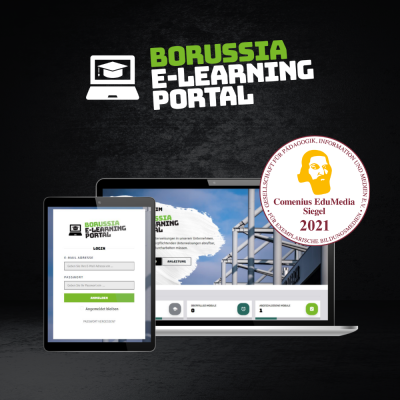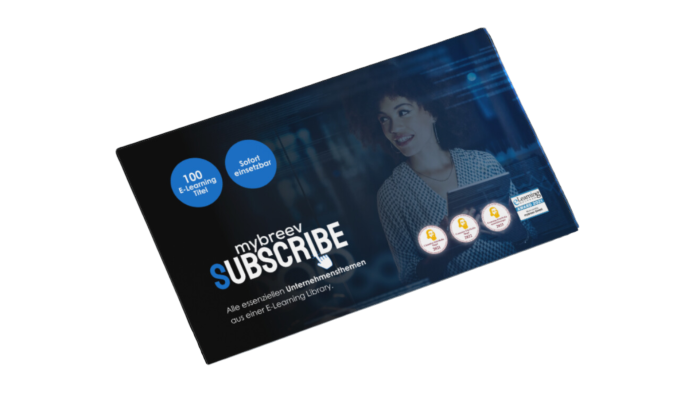E-learning content: These are the top trends 2022
The demand for professional e-learning has been growing for years and has long since replaced traditional classroom training. Web-based training is particularly impressive when it comes to flexibility and performance monitoring. It can be used for any number of participants in different languages. At the same time, didactically prepared content enables user-specific training that is adapted to the respective needs of the learner. But e-learning is also constantly evolving. What trends are emerging for 2022? And what improvements will they bring?
Flexible content:
The Corona pandemic has paved the way – if you want to impart knowledge efficiently, you have to adapt to the needs of the participants, but also of the training environment. Modular content that allows for a flexible course of training has proven its worth. E-learning can be completed at the participant's own pace, interrupted as often as required, and continued at a suitable time. Pre-assessments can be used to ensure that any previous knowledge is taken into account.
Virtual classrooms:
Learning together with others is all the more fun. It's no wonder that virtual classrooms are a must in the list of top e-learning trends for 2022. After all, they make it possible to work in small groups, exchange ideas and benefit from the views and knowledge of others, even in a virtual space. As an integrated component of e-learning courses, these lighten up the content and enable social interaction, but without getting in the way of the flexibility of the content and the course of the training.
Gamification:
Mini-games have long been familiar from e-learning and have proven their worth as building blocks for professional e-learning courses. In the future, it will be even easier for learners to motivate themselves to participate in a training course: Gamification is the magic word. This approach exploits people's natural play instinct and skilfully packages training content in a playful context. In this way, participants can measure themselves against each other, crack their own high scores, and – quite incidentally – learn while playing.
Video training:
Training content has long since been conveyed in more than just text or audio format. Video sequences arouse the interest of the learner and can easily be combined with elements of gamification, virtual reality or storytelling. Multisensory learning is the motto today – in times of video streaming, TikTok and Instagram, video-based learning is all the rage.
Adaptive learning:
Artificial intelligence does not stop at e-learning. Complex algorithms make it possible to better understand the needs of the training participant and provide individual recommendations. In this context, the use of artificial intelligence not only increases training efficiency, but also encourages further learning. In the future, these algorithms will also be able to take learning types and thematic preferences into account, making e-learning an individual adventure.
These trends show: The world of e-learning is also constantly evolving. HR and training managers must take these into account in order not to fall behind in the quality of their training programs. At the same time, they can also be used as an additional motivator to capture employee interest and engage them in topic-specific training.































